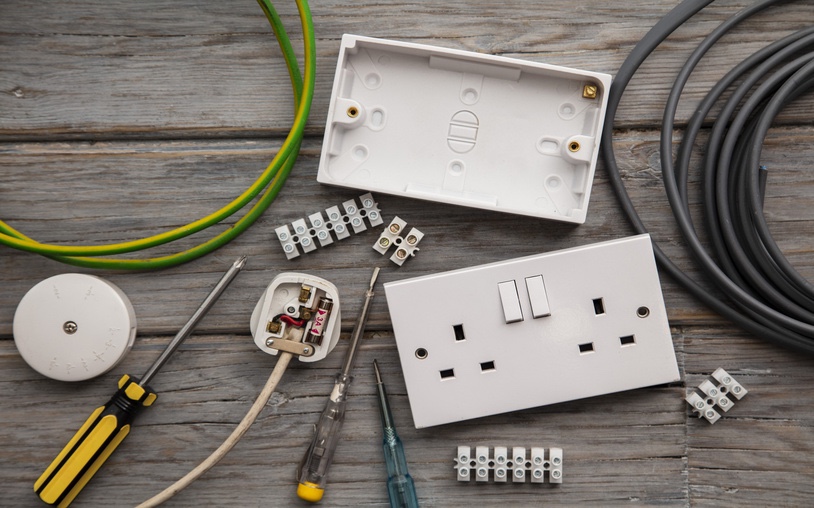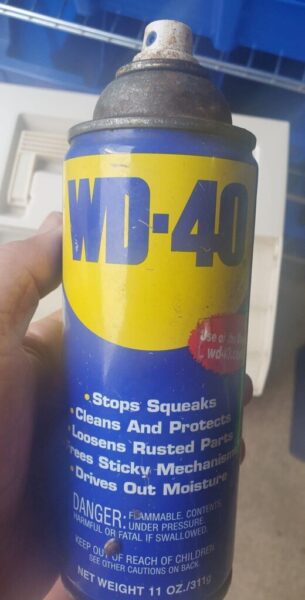Understanding and practicing electrical safety is paramount for every homeowner to ensure the well-being of their household and prevent electrical hazards. In this comprehensive guide, we will delve into the world of home electrical safety, equipping you with the knowledge and strategies to create a safe and secure electrical environment in your home. From basic electrical concepts to practical safety measures, this guide will empower you to master home electrical safety like a pro.

- Understanding Electrical Basics:
We’ll start by providing a foundational understanding of electrical systems, including how electricity works, different types of electrical circuits, and the components of a typical electrical system. This knowledge will help you grasp the importance of electrical safety and make informed decisions regarding electrical maintenance and upgrades.
- Identifying Electrical Hazards:
Learn how to identify common electrical hazards in your home, such as overloaded circuits, frayed wires, faulty outlets, and outdated electrical panels. We’ll guide you through a room-by-room inspection to identify potential risks and provide tips on how to address them to minimize the chance of electrical accidents and fires.
- Safe Electrical Practices:
We’ll discuss essential safe electrical practices that every homeowner should follow. Topics include using electrical outlets and extension cords correctly, proper use of electrical appliances and devices, and precautions for outdoor electrical activities. By adopting these safe practices, you can reduce the risk of electrical shock, fire, and other accidents.
- Electrical Maintenance and Upgrades:
Regular electrical maintenance and upgrades are vital for ensuring a safe electrical system. We’ll provide guidance on when to schedule professional electrical inspections, how to maintain electrical components, and when to consider upgrading outdated electrical panels or wiring. These proactive measures will enhance the safety and efficiency of your home’s electrical system.
- Childproofing Electrical Outlets:
If you have young children, it’s crucial to take extra precautions to childproof electrical outlets and cords. We’ll share childproofing strategies and recommend safety products to keep your little ones safe from electrical hazards.

- Responding to Electrical Emergencies:
In the event of an electrical emergency, knowing how to respond quickly and safely is essential. We’ll outline the steps to take during electrical emergencies, such as electrical shocks, power outages, and electrical fires. Being prepared and knowing how to handle these situations can minimize damage and ensure the safety of everyone in your home.
By mastering home electrical safety, you can create a safe and secure environment for you and your family. Understanding electrical basics, identifying and addressing electrical hazards, practicing safe electrical habits, conducting regular maintenance and upgrades, childproofing outlets, and knowing how to respond to emergencies are all integral parts of a comprehensive electrical safety plan. Implementing these measures will help protect your home from electrical accidents, enhance the longevity of your electrical system, and provide you with peace of mind knowing that you’ve taken the necessary steps to ensure the safety of your loved ones.
As an Amazon Associate we earn from qualifying purchases through some links in our articles.



